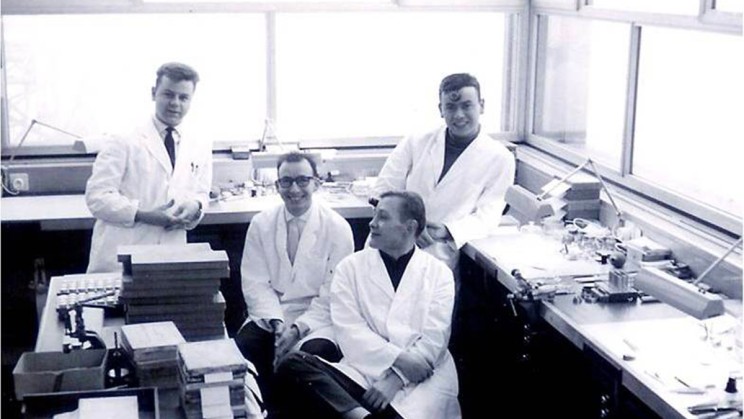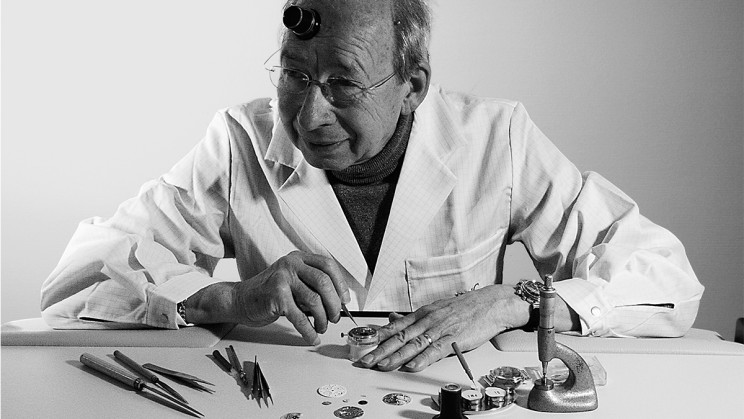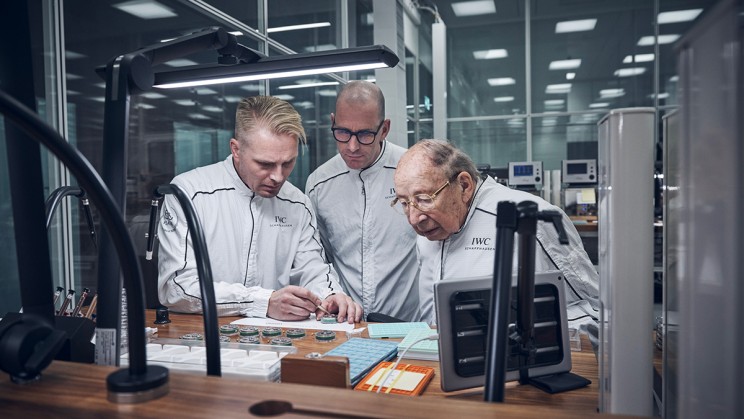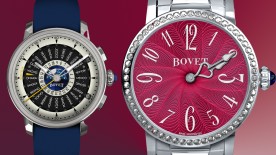Born in 1934 in St. Gallen in Eastern Switzerland, Kurt Klaus began his career at IWC Schaffhausen in 1957 as a watchmaker in the Service department. Between 1970 and 1999, he worked on the development, construction and prototype building for new movements. It was during that time that he designed his now-legendary perpetual calendar.

Propelling IWC Schaffhausen to the forefront of watchmaking
In the 1970s, when the Swiss watch industry was greatly impacted by quartz technology and many people doubted the future of mechanical watches, Kurt Klaus was assigned to develop complications for pocket watches. Encouraged by the success of his first annual calendar, he started to bring to life his vision of a perpetual calendar for a wristwatch. His creation debuted at the Basel watch fair in 1985 with the Da Vinci Perpetual Calendar Chronograph, Reference 3750. The calendar consisted of only 81 cleverly arranged parts, and all its displays could be advanced simply by turning the crown, a first in the industry. In addition to recognising the different lengths of the months, the mechanical program automatically inserted a leap day every four years, thus working without any manual adjustments until the year 2100. No one had ever built a perpetual calendar that was so ingeniously simple in its design, easy to operate, uncompromising in quality and efficient to assemble.

Over the years, Kurt Klaus continued to develop and refine his calendar. For example, he oversaw the integration of the calendar module into a movement from the 50000 calibre family. This effort culminated in the launch of the first Portugieser Perpetual Calendar (Ref. IW5021) in 2003 with an enhanced moon phase accuracy of 577.5 years. Kurt Klaus also played a pivotal role in designing IWC’s first perpetual calendar with digital displays for the date and the month, the Da Vinci Perpetual Calendar Digital Date-Month (Ref. IW3761), which was introduced in 2009.
Many innovations from IWC bear Kurt Klaus’ signature
Although his name is usually mentioned in the same breath as the perpetual calendar, many other IWC innovations would never have seen the light without Kurt Klaus. Among other things, he was involved in developing several new in-house movements, the split-seconds mechanism, the world time module and the mechanical depth gauge for divers’ watches. Also, the development of the Il Destriero Scafusia in 1993, which was the most complicated wristwatch in the world at the time, would not have been possible without contributions from the talented watchmaker and engineer.

A cult figure in the watch industry
After officially retiring in 1999, as now the Former Head of Development and Construction, Kurt Klaus continued to work on new movements, assist his former colleagues in Schaffhausen and support the next generations of IWC watchmakers. In addition to being a regular guest at important industry events like Watches and Wonders, he travelled the world extensively, giving speeches and technical presentations worldwide.
The humble and humorous Swiss continues to enjoy cult status among watch lovers in many countries around the world. In 2022, he made his debut on social media in a funny IWC campaign called “A SMART WATCH – AND A HALF”. Several short clips showed IWC’s legendary watchmaker entering a smartwatch store. In typical Kurt Klaus fashion, he witfully exposed the weaknesses of electronic gadgets in comparison to mechanical watches that are engineered to last for generations.






